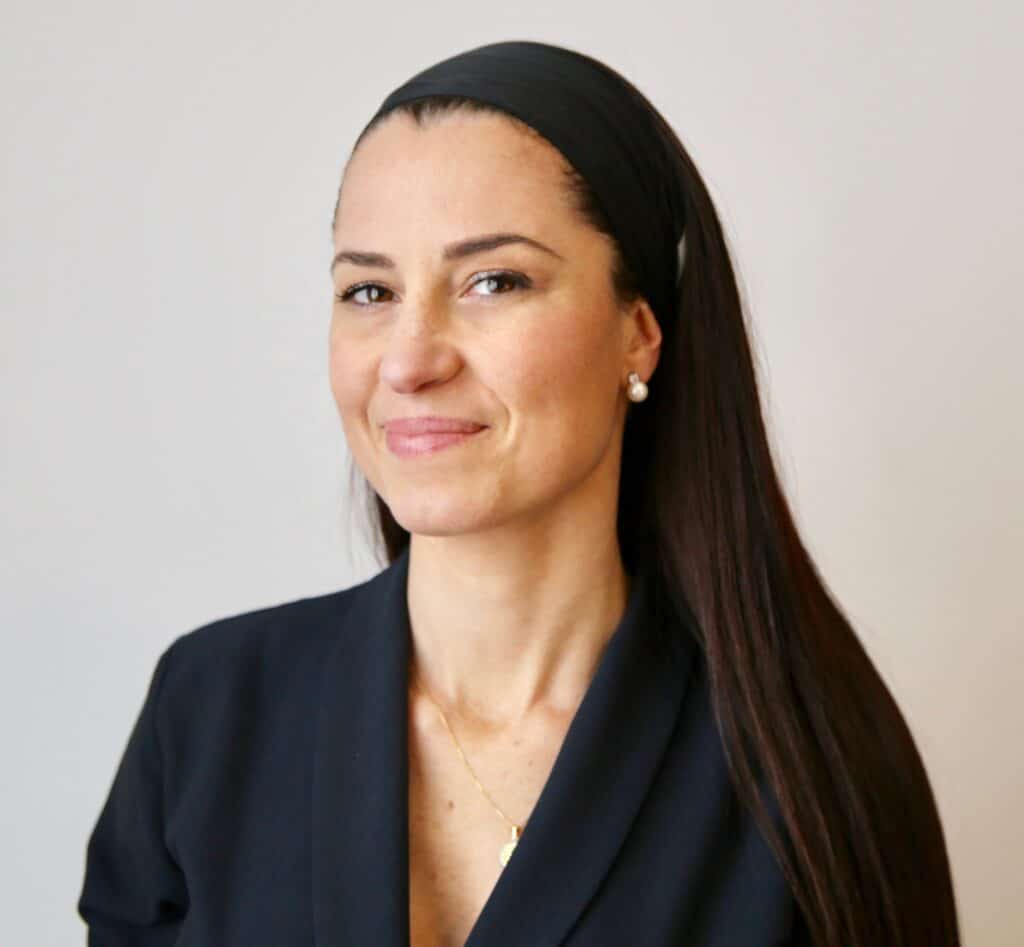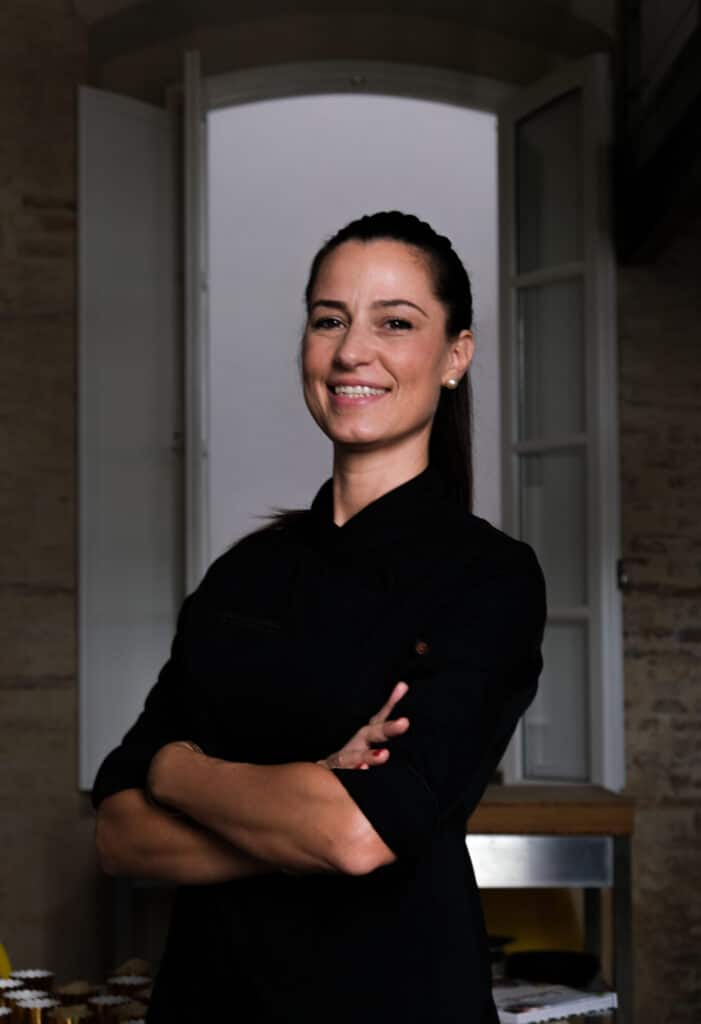
Jewish and Israeli food are undoubtedly experiencing a renaissance.
From legendary delis like Schwartz’s in Montreal and Katz’s Deli in New York City (recently revitalized by a Super Bowl commercial featuring none other than Harry and Sally) to contemporary spots like Lehrhaus in Boston, Zahav in Philadelphia, and the Gefilteria in Brooklyn, everything from bagels to kasha are finding its way onto more menus — and into more culinary interpretations — than ever before.
And while more Jews (and non-Jews) flock to these eateries seeking fresh takes on ancient culinary traditions, not every part of Jewish culture is equally represented. After all, anyone can now buy a bagel sandwich, but not everyone is ready to embrace the fiery intensity of schug on their shakshuka, even if you insist it is good for them.
Fortunately, there is food historian-turned-cookbook author Hélène Jawhara Piñer, who bridges historical scholarship with culinary exploration.

Bringing Sephardic food to the forefront
While initially focusing on the Medieval history of France and Spain, Piñer has since set her sights on Sephardic cuisine, which resulted in a diverse series of multilingual lectures, articles, and engaging books.
“When I finished my PhD in medieval history,” Piñer told Unpacked, “I decided to publish a book that would highlight the Jewish culinary heritage through the oldest medieval Spanish cookbook.”
Although she intended to write “Sephardi: Cooking the History” primarily for herself, it soon became a sensation across cultural and culinary communities.
When not researching or developing new recipes, Piñer hosts cooking events alongside such renowned chefs, such as Michael Solomonov, and has even released a set of specialty kitchen utensils to inspire and support home cooks.
“Mike is deeply fascinated by Jewish history and culinary traditions,” Piñer recalled of Solomonov, seeing in the Israeli chef a kindred kitchen spirit. “I am impressed by his expertise and approach to food and food practices related to Jewish history more broadly.”
Bridging history and today’s home chef
Reflecting on her journey from historical scholarship to the culinary arts, Piñer explains that it was “the way food and religion were interconnected, how eating goes far beyond just feeding people, and how studying food offers a deeper understanding of history because food practices don’t lie.”
She admitted that it also came from her own love of food. However, Piñer suggests that eating can — and perhaps should — be more than just a daily act, and warrants added attention and scholarship.
“When people move,” she said, “food moves with them…. Through studying food practices, we can trace the history of a people, revealing not just their culinary traditions, but the ways in which culture, identity, and survival have shaped their eating habits.”

Piñer is particularly intrigued by how what she calls “Sephardic culinary heritage” was born and, she maintains, “continues to thrive.” Drawing inspiration from her ancestral roots as an anchor for her ongoing research and discovery.
Given the centrality of food in society, Piñer sees it as the perfect lens for historical or sociological study.
“Food runs the world,” Piñer, who teaches medieval history at the University of Bordeaux-Montaigne, asserted. “It’s historical, political, sociological, religious, and so much more! I decided to use food to invite people to join me in learning more about history.”
In the Jewish tradition, food arguably plays an even higher role, symbolizing distinctions in ritual practice and individuals. While studying Sephardic society, Piñer was particularly inspired by stories about those who, “with great faith, risked their lives to prepare a special dish for Shabbat, or for celebrating other holidays.” Such faith, she felt, deserved to be honored, and so she dedicated her book to the Jews and people interested in knowing more about the history of the Sephardic Jews

“Matzah and Flour,” a cookbook tracking Jewish culinary history
In her latest book, “Matzah and Flour: Recipes from the history of the Sephardic Jews,” Piñer explores specific culinary traditions, particularly focusing on matzah and the traditionally diverse flours historically used to make it.
“The cookbook opens with a map showcasing the extensive Sephardic food world, based on the sources I have been working on during my research,” Piñer explained. “It is divided into chapters that mirror historical periods, providing an understanding of the dishes associated with each Jewish holiday.”
Blending historical investigation with cultural narratives and religious observances, “Matzah and Flour” will surely not leave readers and chefs flat. “It is a way to delve into the symbolism of matzah,” Piñer said, “from its origins in the Exodus story to its embodiment of resilience and identity…. I am truly passionate about this cookbook.”
Though much of her work looks at the past, Piñer emphasized that her efforts are maintained and supported by her desire to form a meaningful future.
“It is important to me to bring these recipes and stories to the public because transmission is key,” she says. “Transmission — whether through oral traditions, written translations, food practices, or celebrations — is the pivotal element that explains why we are still here.”
Originally Published Apr 9, 2025 06:54PM EDT


